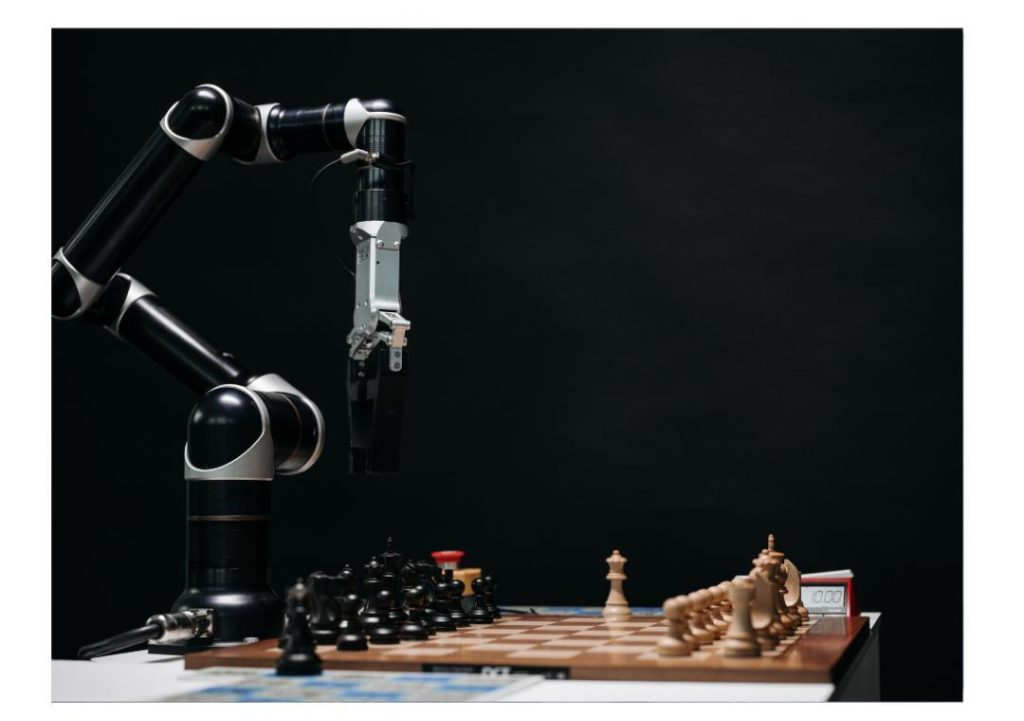
What Sets Intelligent Automation Different from Traditional Ones?
In today’s fast-paced digital landscape, automation has become a crucial component of business operations. With the aim of increasing efficiency, reducing costs, and improving accuracy, automation has been widely adopted across various industries. However, traditional automation has its limitations, and that’s where intelligent automation (IA) comes in. In this blog post, we’ll delve into the differences between traditional automation and intelligent automation, exploring what sets IA apart and why it’s gaining popularity.
Traditional Automation: Predefined Rules, Limited Flexibility
Traditional automation, also known as rule-based automation, follows a set of predefined rules and procedures to perform tasks. These rules are designed by humans and are based on a specific set of conditions and outcomes. This approach works well for simple, repetitive tasks that don’t require much flexibility or adaptability. However, traditional automation has its limitations when dealing with complex tasks, unknown variables, or changing environments.
In traditional automation, the rules are static and inflexible, making it challenging to adapt to changing circumstances. When a new situation arises that doesn’t fit within the predefined rules, the system may struggle to respond effectively, leading to errors, inefficiencies, or even system downtime.
Intelligent Automation: Adaptive, Learning, and Evolving
Intelligent automation, on the other hand, is a more advanced approach that uses machine learning, artificial intelligence, and data analytics to automate tasks. IA systems are designed to learn from data inputs, adapt to changing environments, and make informed decisions. This adaptability allows IA to handle complex tasks, such as natural language processing, image recognition, and predictive analytics.
IA systems use machine learning algorithms to analyze data, identify patterns, and make predictions. This enables them to respond to new situations, adapt to changing environments, and learn from experience. IA systems can also be trained to recognize and respond to anomalies, reducing the risk of errors and improving overall performance.
Key Benefits of Intelligent Automation
So, what are the key benefits of intelligent automation? Here are a few:
- Adaptability: IA systems can adapt to changing environments, allowing them to respond to new situations and make informed decisions.
- Flexibility: IA systems can be trained to perform complex tasks, such as natural language processing, image recognition, and predictive analytics.
- Improved Decision Making: IA systems can analyze data, identify patterns, and make predictions, enabling them to make informed decisions.
- Increased Efficiency: IA systems can automate repetitive tasks, freeing up human resources to focus on higher-value tasks.
- Cost Savings: IA systems can reduce costs by automating tasks, improving accuracy, and reducing errors.
Challenges and Concerns
While IA offers many benefits, there are also some challenges and concerns to consider:
- Data Quality: IA systems require high-quality data to function effectively. Poor data quality can lead to inaccurate results and poor performance.
- Complexity: IA systems can be complex to design, implement, and maintain, requiring specialized skills and expertise.
- Explainability: IA systems can be difficult to explain and justify, making it challenging to understand how decisions were made.
- Ethical Concerns: IA systems raise ethical concerns, such as bias, fairness, and transparency.
Conclusion
In conclusion, intelligent automation offers a more advanced approach to automation, one that adapts, learns, and evolves with changing environments. While traditional automation has its limitations, IA’s adaptability, flexibility, and ability to make informed decisions make it a more effective and efficient solution. As businesses look to respond to market demands, IA offers a dynamic solution that can help them stay ahead of the competition.
Sources:
https://www.growthjockey.com/blogs/intelligent-automation-pros-and-cons






